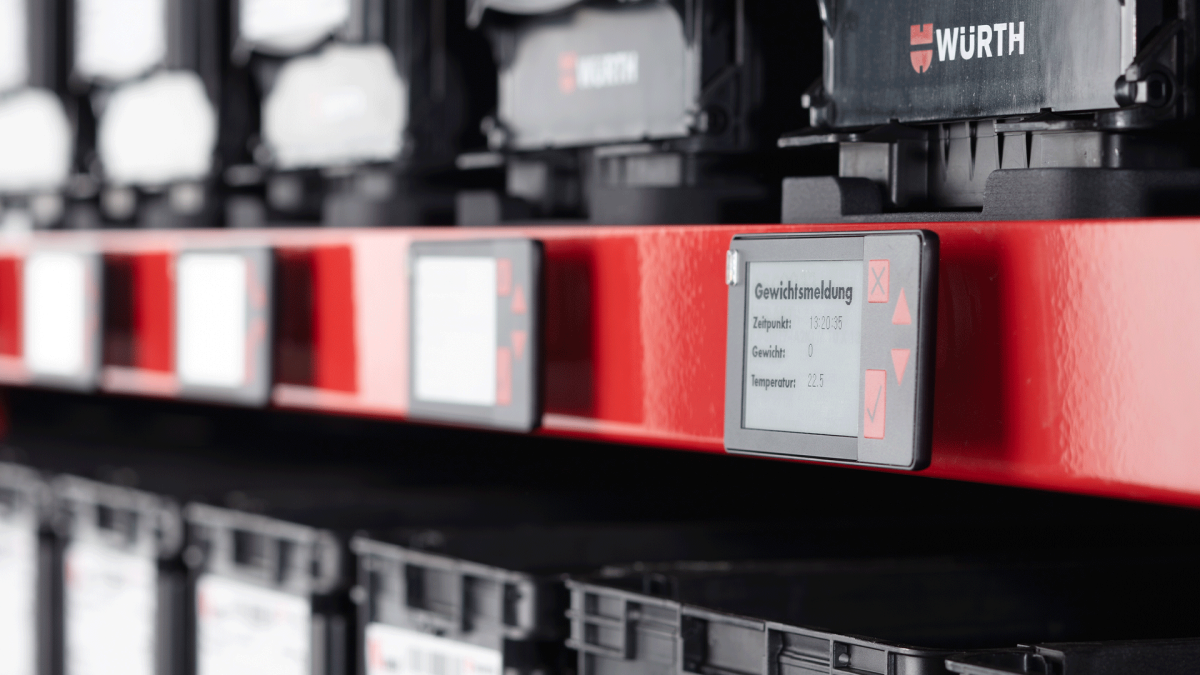



Sadly, there are many issues with mislabeling, adherence to standards, and poor manufacturing quality. Today, the typical HDMI cable is manufactured under the “High Speed” HDMI certification, and then labeled with the HDMI spec the cable is capable of. HDMI has had 5 different standards for cables over the years it has been available. Turning our attention to cables, we see a distinct difference between HDMI and DisplayPort. Though most full-size DisplayPort connectors have a locking mechanism that prevents them from being disconnected accidentally, the official spec does not require that feature. Most HDMI connectors use friction to keep the plug inserted into the socket, but some vendors have developed proprietary locking mechanisms designed to prevent the cable from pulling loose.ĭisplayPort connectors have 20 pins and are available in two sizes: DisplayPort and Mini DisplayPort. Of these, Type A is by far the most common. HDMI connectors have 19 pins and are most commonly seen in three sizes: Type A (standard HDMI), Type C (mini HDMI), and Type D (micro HDMI). The DisplayPort specification was developed in 2006 by the Video Electronics Standards Association (VESA), a large consortium of manufacturers to replace the much older VGA and DVI standards used primarily for computer displays. Any device manufacturers who include HDMI ports on their products must pay a royalty for each to HDMI Licensing, LLC. The HDMI (High Definition Multimedia Interface) specification was conceived over 10 years ago by a consortium of Hitachi, Panasonic, Philips, Silicon Image, Sony, and Toshiba. We will be taking a closer look at both DisplayPort 1.4 spec, and the newly ratified HDMI 2.1 spec to see the difference between them.
#Idisplay vs update#
Each format has had various updates and versions over time, but with the introduction of HDMI 2.1, it’s a good time to provide an update on the current standards involved in both. A closer look at both DisplayPort 1.4 spec, and the newly ratified HDMI 2.1 spec to see the difference between themīoth HDMI and DisplayPort can send high-definition digital video and audio from a source device to a display.


 0 kommentar(er)
0 kommentar(er)
